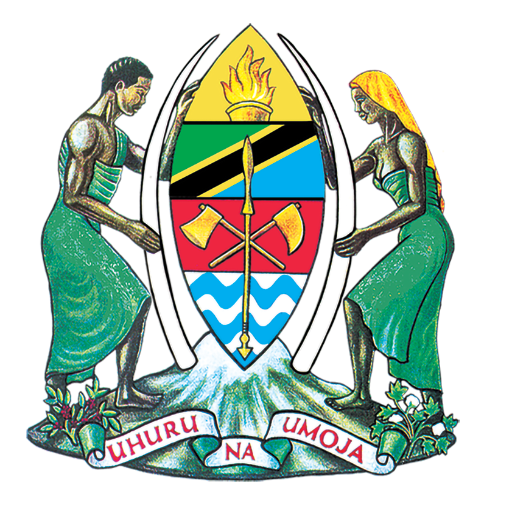Petroleum Infrastructure
Petroleum Infrastructure
The petroleum handling infrastructures in Mainland Tanzania include petroleum berthing facilities, petroleum storage terminals, transportation facilities, retail outlets and consumer installations.
Berthing Facilities
Berthing facilities used for handling vessels bringing imported petroleum products are located at Dar es Salaam, Tanga and Mtwara ports. Mtwara Port was revived to receiving petroleum products in July 2018; and became the third receiving port in Mainland Tanzania after Dar es Salaam and Tanga ports. Mtwara port aims at serving Southern Regions of Mtwara, Lindi and Ruvuma. Tanga Port serves the Northern Regions of Tanga, Kilimanjaro, Arusha and Manyara whereas Dar es Salaam port serves the rest of the Regions including the neighbouring land-locked countries. This table indicates the maximum safe operating capacity and products received at the berthing facilities at each port.
Petroleum Storage Terminals
Currently, in Mainland Tanzania there are 23 oil receiving terminals , located at Dar es Salaam, Tanga and Mtwara ports with a total storage capacity of 1,637,222. cubic metres. These terminals receive petroleum products from ships. On the other hand, there are 29 inland terminals, which are located upcountry with a total storage capacity of 75,625 cubic metres. However, most of the inland terminals are not operational. Also, TAZAMA pipelines Limited receive spiked oil though SBM and stores the products at its receiving terminal with a total storage capacity of 231,000 cubic meters.
Transportation Infrastructure
There are four primary modes of petroleum or petroleum products transportation worldwide namely; pipeline, railway, roadway through road tanker trucks and marine oil tankers (barges). Despite the various modes of transport that exist, roadway remains to be the dominating mode of transporting petroleum products in Tanzania. Road fuel tankers are widely used to distribute petroleum products from the receiving terminals (Dar es Salaam, Tanga and Mtwara) to local consumers all over Mainland Tanzania and the neighbouring countries of Rwanda, Burundi, Malawi, Zambia, Democratic Republic of Congo and Uganda.
Currently, the country does not have a dedicated pipeline for transportation of petroleum products to upcountry. However, there is TAZAMA pipeline designed for transporting spiked crude oil from Kigamboni, Dar es Salaam to Ndola, Zambia.
Petrol Stations
Petrol Stations, also known as Petroleum Retail Outlets or Filling Stations, are the final petroleum facilities before the products are delivered to end users/consumers. As at 30th September, 2024, there were 2405 licensed petrol stations as of 30th September 2024 in Mainland Tanzania. Trend shows, investment in petrol stations is growing across the country, due to an increased demand for petroleum products, especially in rural and remote areas.
LPG Facilities
Investment in Liquefied Petroleum Gas (LPG) facilities in Mainland Tanzania aims at ensuring that LPG which is a cleaner, healthier, environmentally friendly and cost-effective fuel than firewood, charcoal and kerosene is readily available to households and industries. As at 31st December, 2024, there are Six (6) operational LPG receiving facilities in Dar es Salaam and Tanga with a total storage capacity of 17,770 MT. Also, there are 37 storage and re-filling plants with a total capacity of 2214 MT throughout the country.


